If you’ve ever browsed our coffee selection and seen the words washed or natural under a roast’s description, you’re not alone in wondering what they actually mean. These aren’t just buzzwords, they’re the names of coffee processing methods, and they play a big role in how your cup tastes.
Let’s break it down.
Natural (Dry) Processed Coffee
Natural processing is the oldest method in the book. After the coffee cherries are picked, they’re laid out to dry in the sun, fruit, skin, and all before the beans are removed.
What you’ll taste:
Naturals often have bolder, fruitier flavor notes. Think berries, wine-like acidity, and a syrupy body. They’re known for being vibrant, sometimes wild, and deeply aromatic.
Try it if you like:
Juicy flavor, a touch of sweetness, and a fuller-bodied coffee experience.
Washed (Wet) Processed Coffee
With washed coffees, the fruit is removed from the bean early using water, leaving just the seed to be dried. This process tends to highlight the bean’s origin characteristics with more clarity and less fruity “noise.”
What you’ll taste:
Washed coffees tend to be cleaner, brighter, and more crisp, with more floral or citrus notes. If natural coffees are a jammy red wine, washed coffees are a crisp Sauvignon Blanc.
Try it if you like:
Lighter, more balanced brews with a clean finish and layered acidity.
So Which Is Better?
Neither. Just different.
It all depends on your flavor preferences. At Café Kubal, we offer both styles because we know coffee isn’t one-size-fits-all. Whether you like something bold and fruity or clean and complex, there’s a roast with your name on it.
Want to Taste the Difference?
Try our Ethiopia Sidamo (washed) or Brazil Mogiana (natural) and taste these styles for yourself.

